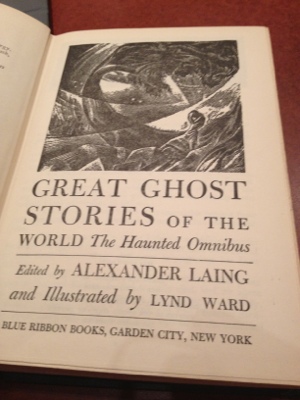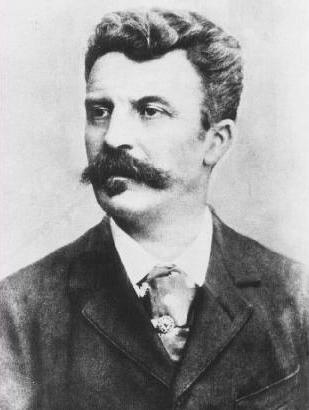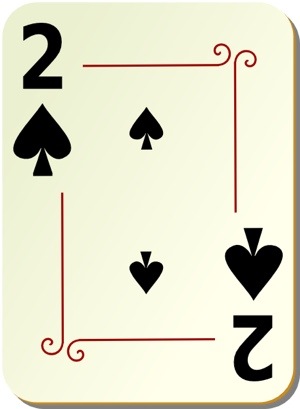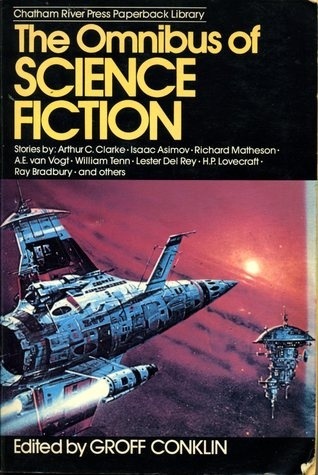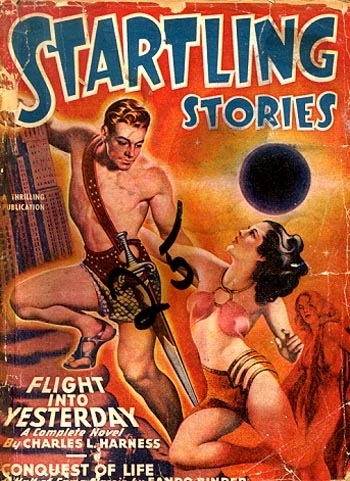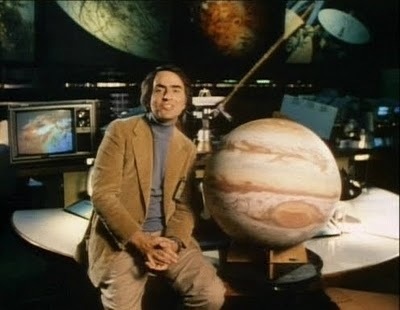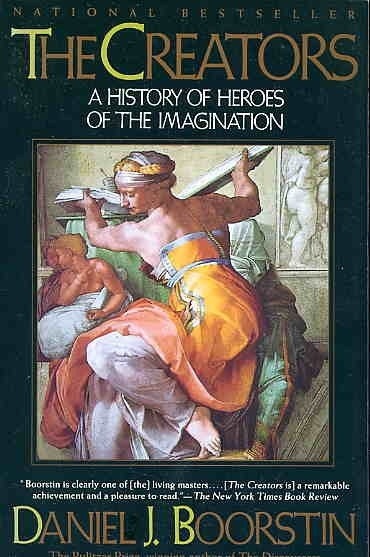Top Ten Tuesday is a weekly meme sponsored by the creative bloggers over at The Broke and the Bookish. This week should be a fun one. I decided that “kick ass” heroines need not be physically kick ass (although it doesn’t hurt). Here’s my stab at a top ten list, ranked in order.
10. Meg Merrilies – from Sir Walter Scott’s “Guy Mannering”
OK, more of a minor character than a true heroine, but this matriarch of the Gypsies put fear into the hearts of all the men of Galloway. (below: Merrilies heaping curses)
9. Ellen – from Ken Follett’s “Pillars of the Earth”
De facto wife of Tom Builder and protective mother of Jack, she is both fearless and fearsome.
8. Electra – from Sophocles’s “Electra” and Aeschylus’s “Electra”
She was so badass two of the big three tragedians wrote plays about her.
7. Eowyn – from J.R.R. Tolkein’s “Lord of the Rings” trilogy
Admittedly, I’m swayed by the winsome Miranda Otto’s portrayal in the movie adaptation (who wouldn’t be??) but there’s no heroine better if you find yourself in a sword fight.
6. Hermione Granger – from J.K. Rowling’s Harry Potter series.
Sure, she’s just a kid, but you don’t want to mess with her if her wand is handy. She just might treat you like you’re in the house of Slytherin.
5. Elizabeth Bennett – from Jane Austen’s “Pride and Prejudice”
Anyone who can face down the withering condescension of Lady Catherine de Bourgh and not blink makes my list. SHE is the one not to be trifled with, Lady C! (below: Judi Densch as Lady Catherine. Still no match for Miss Bennett)
4. Katniss Everdeen – from Suzanne Collins’ “Hunger Games” series.
For her work with the bow (even Legolas would be impressed) AND with a nest of angry tracker jackers! (or whatever those wasp-thingys were called)
3. Scarlett O’Hara – from Margaret Mitchell’s “Gone With the Wind”
Yeah, I may not have liked her, but she knew how to get what she wanted, sometimes with great ruthlessness. She’ll never go hungry again.
2. Eustacia Vye – from Thomas Hardy’s “Return of the Native”
No man on Egdon Heath was immune from being under her spell. Catherine Zeta-Jones’ bewitching portrayal in the Hallmark Movie may be influencing me. Yes, that’s possibly true. Yeah, definitely. 🙂 (below: Eustacia and her chosen man, Clym Yeobright)
1. Lisbeth Salander – from Stieg Larsson’s “Girl with the Dragon Tattoo” series.
It was a close decision between my final three or four, but – when in doubt – I go to my trusty tie-breaker. Does she have a tattoo?
Well, that’s it for me. What about you? Do you know any kick-ass heroines you’d like to introduce me to…?







